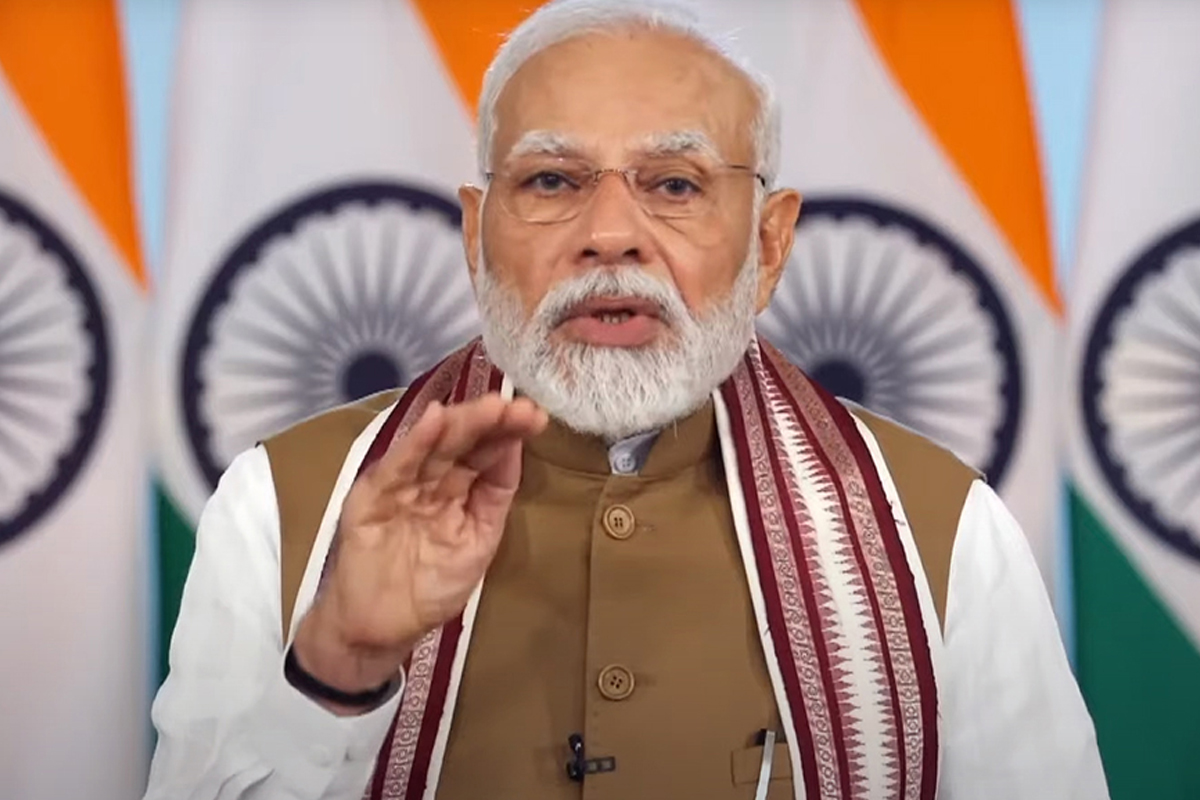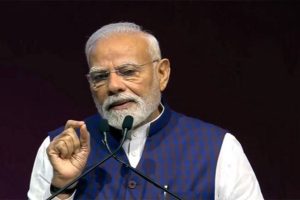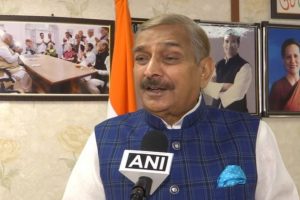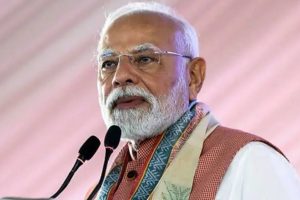Prime Minister Narendra Modi, addressing the India Energy Week 2025 virtually on Tuesday, laid out an ambitious energy roadmap for the country, emphasizing the importance of the next two decades for India’s growth and development.
“The next two decades are critical for India. In the next five years, we will achieve several major milestones, many of which are aligned with our 2030 goals,” PM Modi said. He outlined India’s key objectives, including the addition of 500 GW of renewable energy capacity by 2030 and the production of 5 million metric tons (MMT) of green hydrogen annually by that year.
India has made significant strides in renewable energy, becoming the third-largest solar power producer globally. PM Modi highlighted the country’s progress, noting that India’s non-fossil fuel energy capacity has tripled. “India is now the third-largest solar power generating nation in the world, and we have achieved 19% ethanol blending, with plans to reach a 20% ethanol mandate by October 2025,” he added.
The Prime Minister also discussed the rapid growth of India’s biofuel industry, supported by a sustainable feedstock of 500 million metric tons. “India’s biofuel sector is set for exponential growth, and during our G20 presidency, we established the Global Biofuel Alliance, which continues to expand, with 28 countries and 12 international organizations now involved,” Modi said. He emphasized the transformation of waste into wealth through the initiative and the creation of centers of excellence.
PM Modi also highlighted India’s progress in exploring its hydrocarbon resources and expanding its gas infrastructure. “India is implementing reforms to unlock the full potential of its hydrocarbon sector. With major discoveries and a rapidly expanding gas network, India’s natural gas sector is growing and increasing its share in the nation’s energy mix. We are also the world’s 4th largest refining hub, with plans to expand refining capacity by 20%,” he stated.
The Prime Minister noted that global experts are now calling the 21st century “India’s century,” emphasizing the country’s pivotal role in not only driving its own growth but also influencing the global economy.
PM Modi identified five key pillars driving India’s energy future:
- Abundant Resources – Efficiently harnessing India’s natural resources.
- Innovation – Leveraging the country’s intellectual capabilities.
- Strong Economic and Political Stability – Creating an environment for long-term investments.
- Strategic Geographical Location – Enhancing India’s role in global energy trade.
- Commitment to Global Sustainability – Driving new opportunities in India’s energy sector.
He concluded by asserting that India’s energy transition is a global game-changer. “India’s energy transition is not just a national effort—it is shaping the future of global energy dynamics,” PM Modi said.





